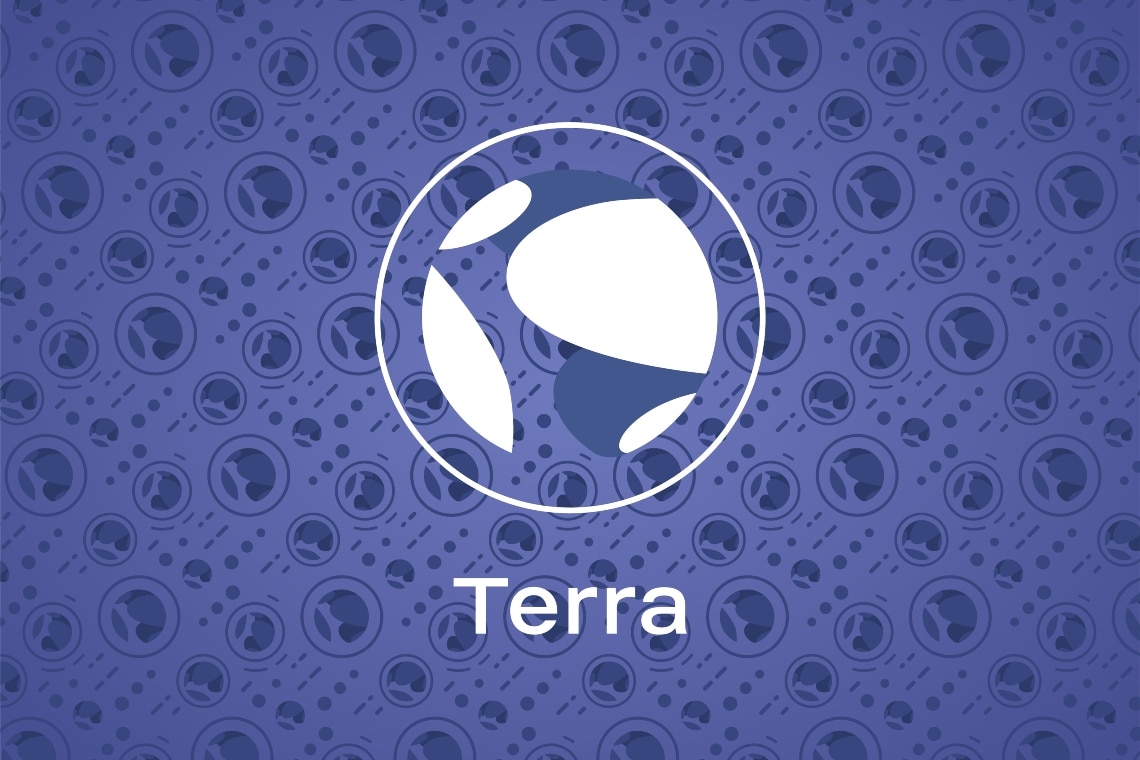Yesterday the market value of Terra’s crypto, Luna Classic (LUNC), made a small jump thanks to some good news that gives room for some hope.
Terra Classic is the new name given to the Terra ecosystem that imploded in May 2022 due to the failure of the UST stablecoin. Now the stablecoin has also changed its name to USTC, although it is no longer pegged to the dollar, and so has the Luna cryptocurrency that has become LUNC (Luna Classic).
They should not be confused with Terra 2.0, and its cryptocurrency LUNA, which are another project, not based on algorithmic stablecoins like the previous one.
Summary
News: the price of the Terra crypto, Luna Classic
Yesterday all of a sudden the price of LUNC rose 0.159 mills to 0.176 mills, a small 10% jump in just over three hours.
Even though the current price is simply back in line with that of a week ago, it was 0.145 mills in early January, so in less than three weeks it has risen 21%.
However, it remains almost 100% lower than it was in May 2020, prior to the implosion, so that as of today it is still only a speculative token. There does not seem to be a possibility on the horizon that it can even approach pre-collapse levels of $80, because these are tens of thousands of times higher.
However, the fact that the Terra Classic ecosystem as of May 2022 has imploded does not mean that it has disappeared, or that its evolution has come to a definitive halt.
The latest news on the Terra Luna crypto ecosystem
The good news for the evolution of Terra Classic is that a few days ago Binance officially declared that it supports its latest update.
This is proposal 11242, which was already approved on 11 January with 96% votes in favor.
On 14 January the update was implemented in the Terra protocol, and this can be interpreted in two ways.
The first is the consideration that in fact the development of the Terra Classic project is continuing. Now that the founders have left by creating Terra 2.0, the project is enjoying new life, even though the stablecoin on which it was previously based remains imploded and probably unrecoverable.
The second is that Binance is continuing to support its evolution, abandoning that of Terra 2.0 instead.
Binance, the world’s largest crypto exchange, had supported the Terra/Luna project from the beginning, but had been very critical of its founders when UST imploded taking the entire ecosystem with it.
When the founders abandoned the old project to create a new one, called Terra 2.0, Binance indeed chose to continue supporting the original one, even though it imploded, in an effort to support its evolution.
In fact during 2022, from June onward, the market value of LUNC (Luna Classic) has risen a great deal from the value at which it plummeted during the May implosion, precisely because it appears that the project has resumed evolving, albeit still discounting the damage of the implosion.
By June, the price had fallen as low as 0.046 mils, so it has recovered 282% since then.
The update
The approved and implemented governance proposal 11242 eliminates the new minting of a portion of the burned LUNC tokens.
The text of the approved proposal states that it resets the seigniorage reward policy, effectively preventing the re-coinage of burned LUNC.
It is worth noting, however, that at the time this new policy was implemented, on 14 January, the price had risen from 0.172 to 0.193 thousandths within about ten hours, but immediately afterwards it was back below 0.173 thousandths.
This might seem strange, but it is classic speculative movement based on news, and the “buy the rumors, sell the news” strategy.
Much more interesting is the price increase from 0.151 mills on 3 January to 0.172 mills on 13 January, because it was precisely on 4 January that proposal 11242 was submitted.
Hence, the proposal seems to have been able to foster solid growth in the price of LUNC, whereas its implementation was just an opportunity for speculators. Not least because on 10 January, when it was clear by then that the proposal would be approved, the price rose further from 0.153 to 0.172 mills, i.e., reaching practically the current level.
By contrast, the brief drop on 18 January to 0.160 thousandths, which was immediately recovered yesterday with the rebound mentioned above, is curious.
The burns
Since there are still just under 6 trillion LUNC tokens in circulation, most of them created during the May implosion, token burns are the only possible solution to try to get the project back afloat.
For that matter, 13% have already been burned, as they were initially more than 6.8 trillion. At the current rate, it may take a few more years before they are back to more or less what they were, and no one has any certainty that in all that time the project can move forward and survive.
Nevertheless, at the very least, the path taken after the founders’ spill seems much better than the one that led to the implosion in 2022.




